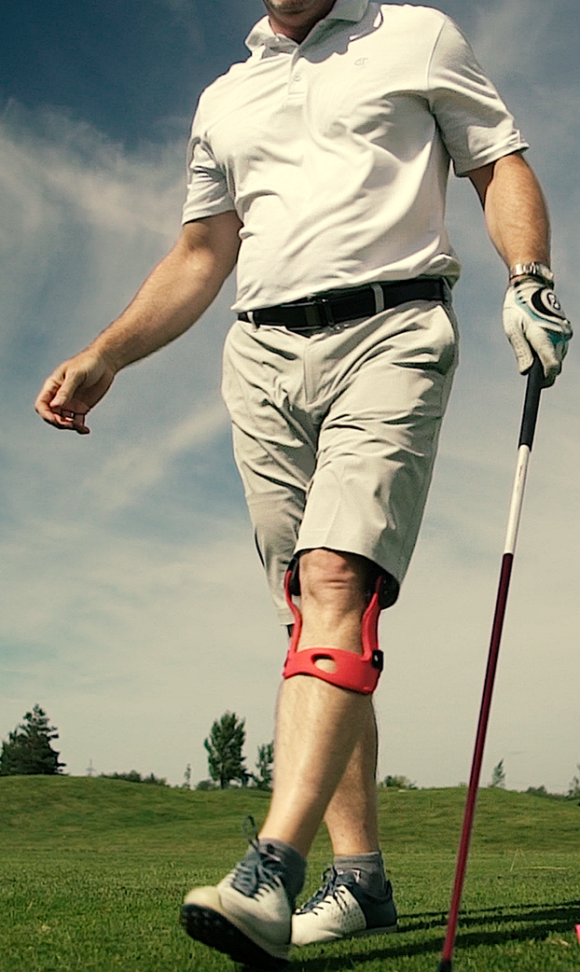What is knee instability?
An unstable knee is often due to ligament laxity. The slippage of its structures not only makes it susceptible to injuries but also leads to misalignment of the entire lower limb, from the hip to the ankle.
Where does it come from?
A loose ligament corresponds to a failure of tension and resistance, allowing the ligament to stretch excessively. The role of the ligaments notably is to keep the bones close to each other within a joint. Hyperlaxity (excessive elasticity of certain tissues, such as muscles, ligaments, and tendons) therefore renders the joint much less stable, due to the lack of maintenance of its structures.
The origin of ligament laxity can be congenital or accidental (sprain).
How can it be recognized?
A joint malfunction caused by knee instability may result in other impairments, such as:
- Patellofemoral syndrome;
- Knee osteoarthritis;
- Knee luxation (displacement of the bones);
Treatment solutions for knee instability
- Opt for a foot orthosis
Instability of the knee joint structure results in misalignments that affect the entire lower limb. Wearing a foot orthosis restores the correct alignments so that the joint can function better and regain stability.
- Wear a knee orthosis
For optimum rehabilitation, the doctor may prescribe a knee orthosis to be worn at all times, or only when engaged in sports or walking. It protects the joint and protects the stability of the knee and the kneecap.







